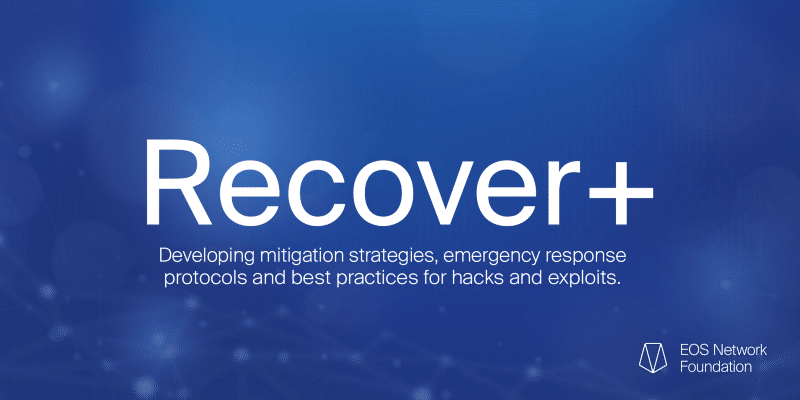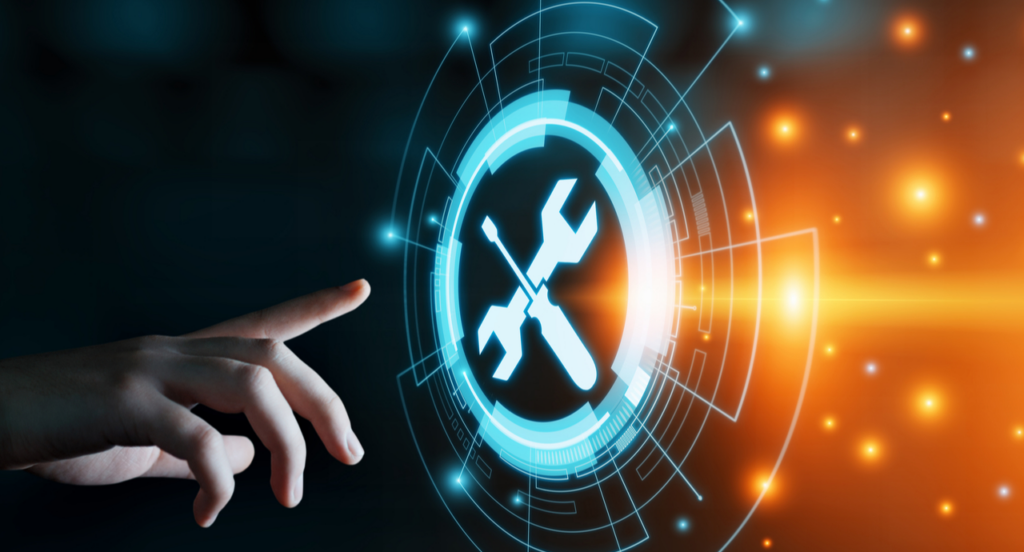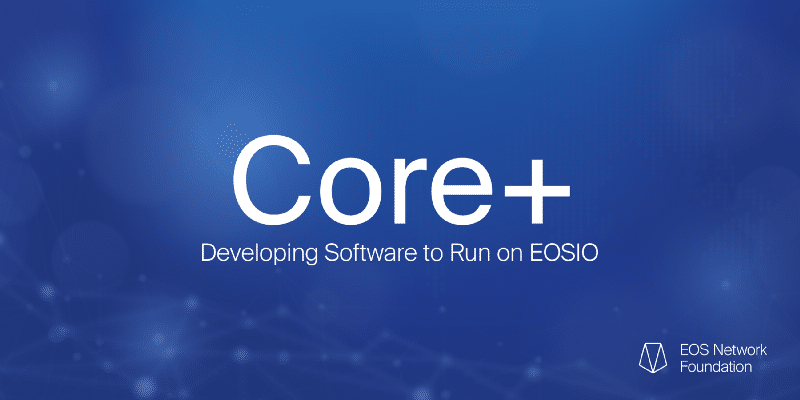EOS Network Foundation
Developing mitigation strategies, emergency response protocols and best practices for hacks and exploits.
The only thing worse than an emergency, is not knowing what to do should one occur. Recover+ will provide mitigation strategies, emergency response protocols, and best practices for hacks and exploits on the EOS network.
If there is a serious accident in real life, we know exactly what we need to do: call the emergency services. But what if your smart contract or dApp is being exploited? What if hackers are stealing your assets in real-time? Projects need to know what steps they must take, should the worst happen in order to have the greatest chance of mitigation.
The Audit+ Blue Paper proposed many different initiatives that could be funded for preventing exploits by ensuring that contracts and code are more trustworthy and secure. Recover+ can be seen as a complementary working group to Audit+ as it will address the best practices and procedures for when exploits happen, regardless of how careful a developer was in writing their smart contracts. Even after being audited by a top security firm, no code is perfect and some exploits aren’t known until they’ve been… exploited. Further, projects, businesses and even regulators need to prepare for these ever changing and evolving threats and should have a standardized and robust methodology in place that is verifiable, and therefore potentially insurable.
In order for the innovation on EOS to continue gaining more momentum, the EOS Network Foundation (ENF) has made a commitment to ensure those with the best particular expertise will be provided with the means by which to add additional value to the EOS ecosystem. System-wide funding and coordination was once a mirage for the EOS ecosystem, but it has now become some of its defining principles, exemplified by the ENF sponsored working groups.
ENF Sponsored Working Groups
Four of these working groups are producing, or have already produced, in-depth Blue Papers (research papers), detailing objectives and goals, and their strategies for achievement. Recover+ will be one of the first ENF sponsored working groups, in addition to EVM+, that will be delivering an actual product in addition to its documentation and research.
Recover+
Led by the team at PIZZA.FINANCE, the Recover+ working group aims to create a crisis management framework for EOS. To achieve this, plans include developing emergency contracts, protocols, guides (including steps to take in an emergency), FAQs, and advice on who to contact for help and support immediately after an exploit occurs. Some additional proposals that may come out of Recover+ include DAO insurances and potential rewards to help EOS parties respond to lost or stolen assets more effectively. All of these deliverables will be easily accessible via a user friendly interface in a web-based portal.
The PIZZA.FINANCE team is uniquely suited to lead this working group because of their expertise in DeFi as well as their recent experience in recovering stolen digital assets after an exploit that occurred across multiple DeFi projects.
In Q4 2021, an exploit occurred on the eCurve smart contract which exposed the digital assets held within the PIZZA lending product. The anonymous hacker known as ‘itsspiderman’, first attacked eCurve by minting an infinite number of Liquidity Pool (LP) tokens. This enabled the hacker to withdraw all available liquidity in targeted eCurve pools, and then collateralised them with Pizza Lend. Once collateralised, any token with value was borrowed against their unlimited ‘TRIPOOL’ collateral.
After exploits like this happen in non-EOSIO ecosystems, there is typically nothing that can be done to recover the funds. On EOS, there is a legacy feature that is technically possible where all 21 block producers can ‘blacklist’ target accounts, halting and ensuring blocked accounts reject all transactions. However, it is virtually impossible to keep a consistent ‘blacklist’ across all 21 dynamic block producers and if a single node out of the 21 is not honoring the ‘blacklist’, then transactions from those accounts will be executed. The level of difficulty for doing this is a feature of EOS to make it extremely difficult to censor unless a 21/21 consensus can be maintained at all times.
Another potential approach is for a 15/21 consensus to be reached amongst BPs to restrict target accounts by altering their permission structures. This method has only been executed once previously after the EOSX Vault exploit, which resulted in the recovery of $13m in stolen assets.
During the Spiderman hack, PIZZA made attempts using both approaches and spent the following days racing against the clock, trying desperately to recover the stolen funds and developed custom tools and scripts to assist their efforts. After the hacker noticed PIZZA’s recovery tools being deployed on-chain, they immediately began negotiating with PIZZA using EOS’s on-chain memo system where they agreed to a ransom payment in exchange for the rest of the stolen funds. PIZZA was able to make their own users whole and then transferred the rest of the recovered assets to eCurve.
The attack highlighted the need for a more standardized approach for recovery. Most project owners and DAOs on EOS do not have any experience with these types of attacks and are simply not equipped to deal with them. One of the main goals for Recover+ is to provide the projects on EOS with insight into all of the different options for how to respond and regain access to stolen accounts in the event of an attack.
Standards and Procedures for ‘God Mode’
Another important aspect of Recover+ is defining how to best approach the, often criticised and seldom truly understood, ‘God Mode’. Many think this gives BPs the power to decide actions that are inconsistent, without method, and that may even be punitive and without recourse. The way in which decisions taken by BPs under the umbrella God Mode scenario, would likely not be transparent, and this is a problem. At the very least, it creates uncertainty and mistrust in an area where there can be neither.
The working group will also be developing standards and procedures by which account freezing is requested and granted. They are planning to outline how authorizations of accounts could be altered during attacks and will define best practices for how projects can communicate with BPs in a timely manner. The working group objectives are also to help the BPs improve the quality of their decision making, and to reduce the amount of time needed for consensus to be formed.
A Recover+ portal will be created, serving as an information bridge connecting BPs and project owners, building standardized methodologies and best practices for all parties. It is from this website that the guides, project audit statuses, FAQs, emergency contact details, and more, would all be accessible. The 911 for EOS emergencies.
What to expect
As mentioned above, a big idea would be to create a form of DAO insurance for EOS projects to opt into. This would minimize the downside of potential settlements and make it possible to not only reimburse projects, but to facilitate more accurate planning. It is possible to anticipate the cost of annual insurance for example. These types of big ideas will largely be explored in the second phase of the project, given their complexities. In the near term, Recover+ will publish their research outlining a roadmap to solving the most urgent security problems facing EOS, and what projects should be doing to better protect themselves and the network.
Get Involved
As with all of the sponsored working groups, the ENF wants to ensure total transparency and welcomes contributions from the wider EOS community through our Discord channels. It is this conversation that helps turn the wisdom and ingenuity of the EOS community, with the right support and funding, into real-world projects. It is these projects and EOSIO innovations that will transform EOS into the technology and token that it was always meant to be.
EOS Network
The EOS Network is a 3rd generation blockchain platform powered by the EOS VM, a low-latency, highly performant, and extensible WebAssembly engine for deterministic execution of near feeless transactions; purpose-built for enabling optimal web3 user and developer experiences. EOS is the flagship blockchain and financial center of the EOSIO protocol, serving as the driving force behind multi-chain collaboration and public goods funding for tools and infrastructure through the EOS Network Foundation (ENF).
EOS Network Foundation
The EOS Network Foundation (ENF) is a not-for-profit organization that coordinates financial and non-financial support to encourage the growth and development of the EOS Network. The ENF is the hub of the EOS Network, harnessing the power of decentralization as a force for positive global change to chart a coordinated future for EOS.


